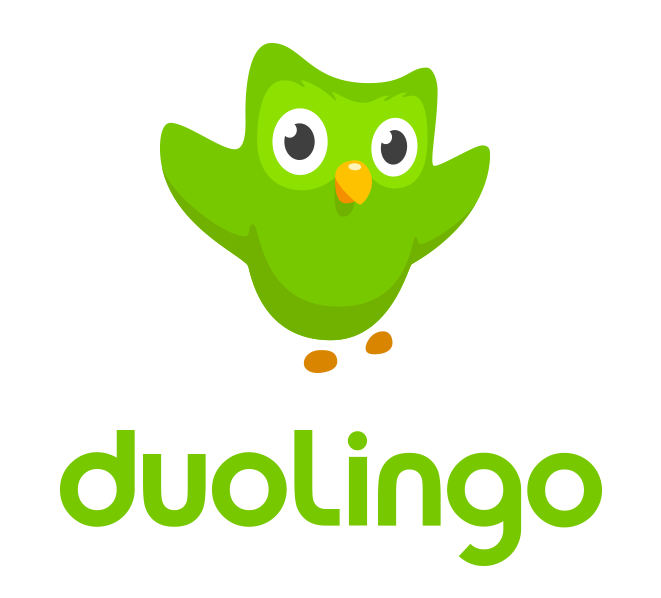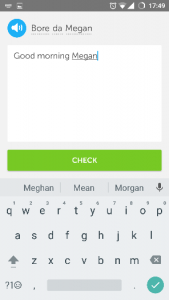DuoLingo – An educational language learning software

Overview –
DuoLingo is a software designed to help people learn foreign languages. DuoLingo currently accommodates for 18 different languages (Spanish, French, German, Italian, Portuguese, Dutch, Irish, Danish, Swedish, Turkish, Esperanto, Norwegian, Ukrainian, Russian, Polish, Welsh, Hebrew, Vietnamese and Hungarian). Although DuoLingo is designed predominantly for English speakers, there are some courses that accommodate for other languages. The program launched in 2012, and now has over 25million users worldwide.
How is works –
First you select the language you wish to learn. You are then asked whether you are a beginner or whether you wish to take a placement test, which then will jump you to the stage in the course at your current ability level. For the screenshots, I have selected a language Welsh (a language spoken in my family, but a language which I have little to no prior knowledge of). The app started me off by learning vocabulary. This was done through different activities, such as seeing a sentence/phrase written in Welsh, and selecting the words from a choice of English words, or vice versa. It started me off with greeting, and basic vocabulary. Each level has around 5-10 lessons, which then are split into numerous exercises in a lesson. Everything at the beginning is in the present tense, and later other verb tenses are added in.
Each lesson has 4 types of exercise. Translation exercises, where you translate the text. Listening exercises where a phrase is spoken to you which you must write what you hear. An exercise where you match a photo to a word and a speaking exercise where you read out a sentence. There are 15 exercises in a lesson, and you have three lives, if you lose all three you must start from the start again. This then slowly progresses you through the language, giving you grammatical tips along with learning.





Pros –
The video game like nature of DuoLingo makes learning a language more engaging and fun for people who may have otherwise found the process tedious and uninteresting. The tracking aspect made me feel motivated to do my 20 minutes each day, and made me feel like I was making progress by showing something tangible.
It is a mobile/tablet app meaning it is very easily accessible, and no computer is necessary for you to complete the 20 minutes a day. Furthermore, it is a well-designed app, and I had no issues as a new user navigating the app.
It is also free, so there is not loss when downloading the app.

Cons –
The app does not expose the learner to actual conversational language at the beginning, furthermore the app is unable to let the user have a conversation, which is an invaluable technique in learning a language.
The app has no natural sounding conversations; the use is only exposed to short phrases/sentences.
The app uses a computer voice, meaning you don’t hear what the language sounds like coming from a native speaker. This is not a huge issue; it just means that if you were to learn a language with just DuoLingo you may have trouble understanding speakers in the real world.
Although some grammatical tips are given there are no ‘grammar lessons’ which is often at the heart of a language and therefore necessary when learning that language.
Conclusion –
I would recommend DuoLingo, for beginners in a language, as it covers vocab and tenses, and gives a god basis in which to develop your skills in the given language. However if you are already proficient in a language and are looking for a good way to develop your skills in that language I would not recommend DuoLingo, although it is free I feel it is not necessary for a more proficient learner.
